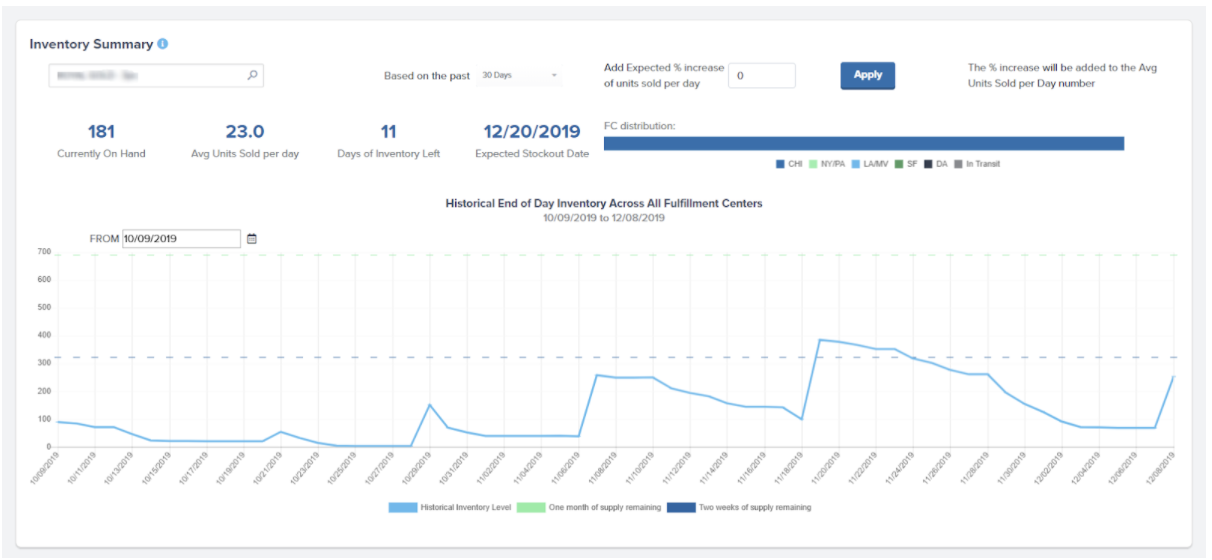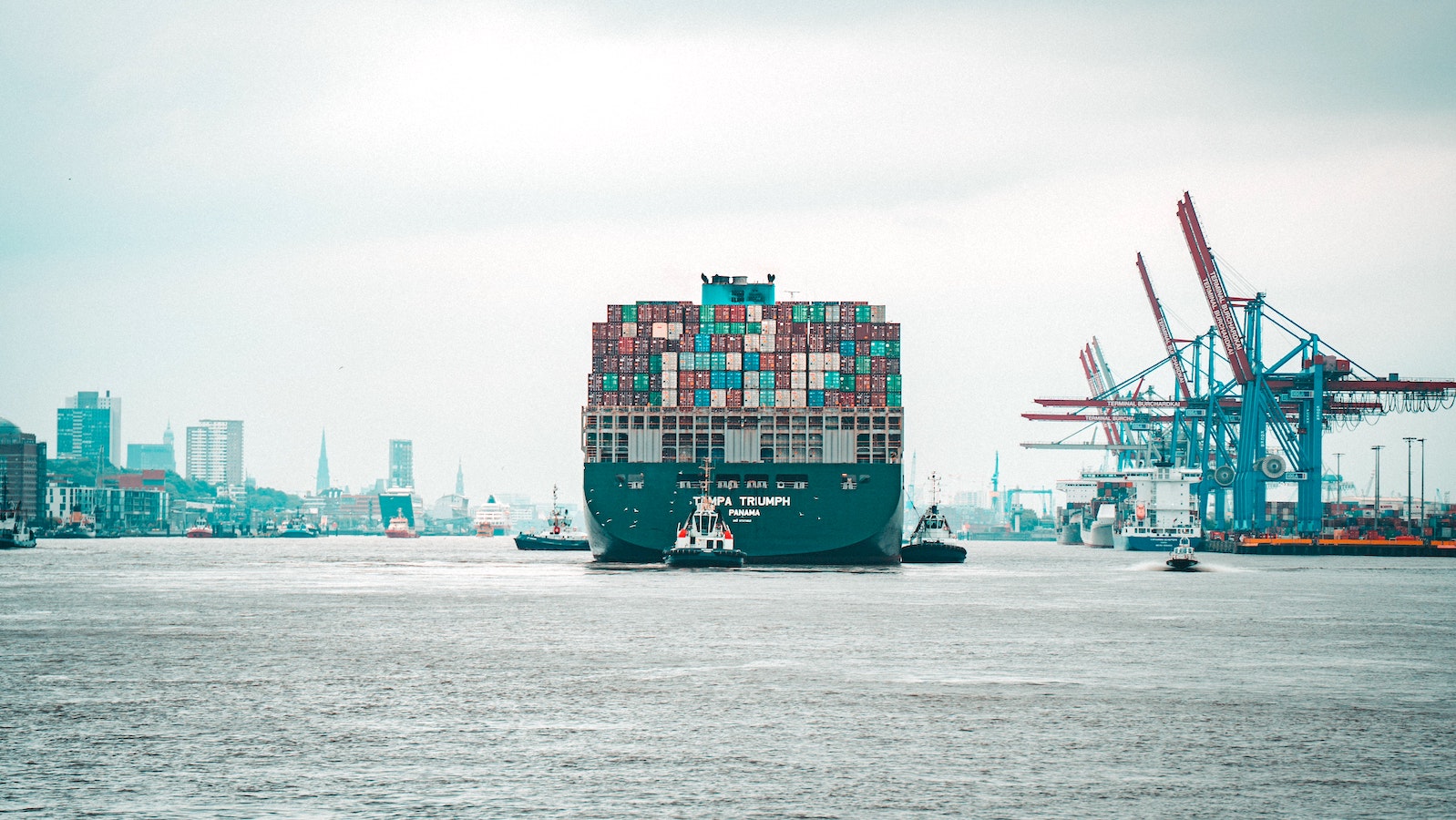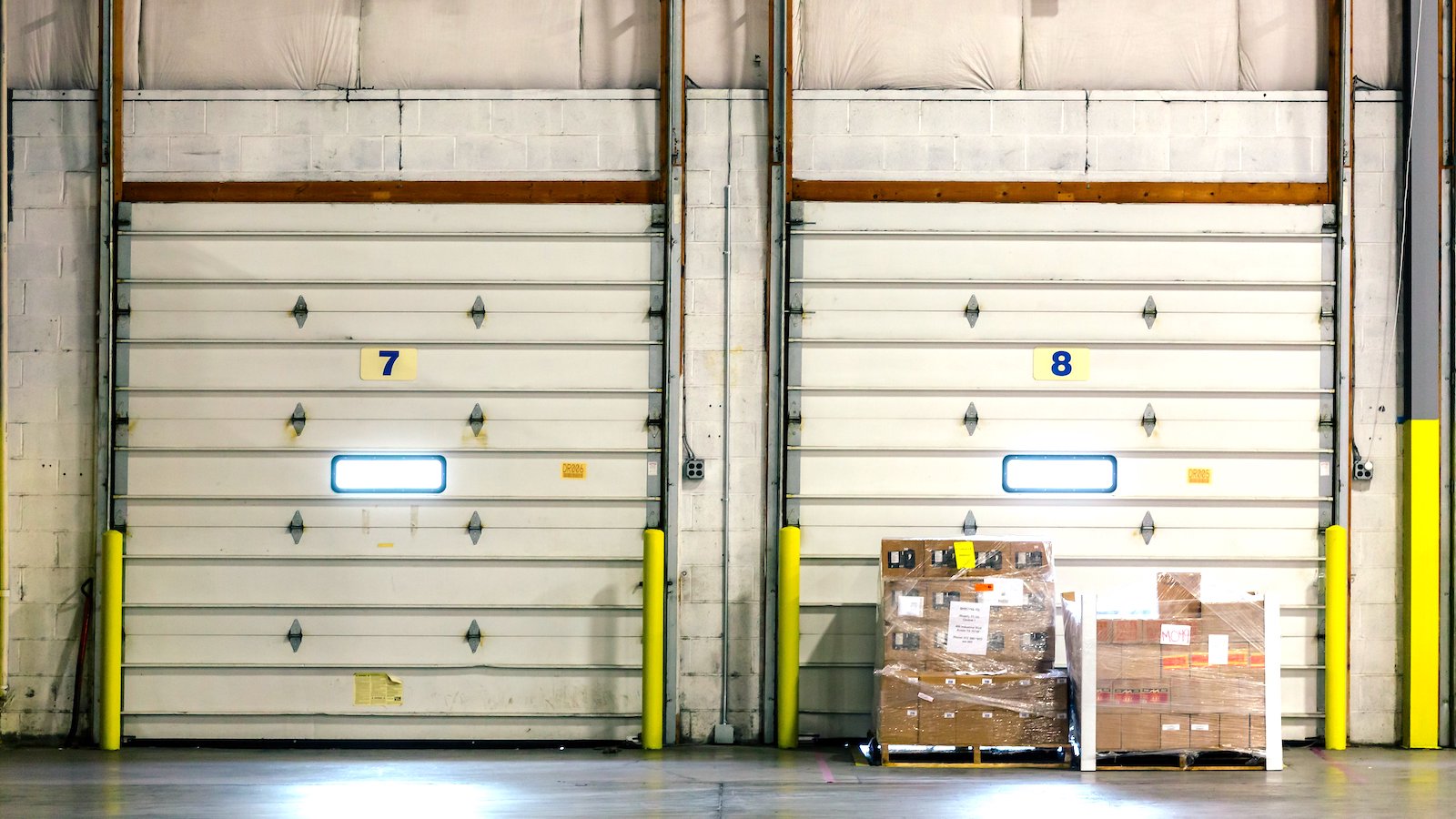Table of Contents
** Minutes
What is supply chain execution?
Supply chain execution (SCE) processes & tasks
Tips for improving your supply chain execution
Top supply chain execution systems for 2022
ShipBob helps you focus on what matters most in your supply chain
For an ecommerce business to succeed, building a resilient and agile supply chain should be top priority. Without supply chain agility, unforeseen problems and short-term hiccups could result in major disruptions that are often expensive and sometimes irrecoverable.
That’s why good supply chain management is so important for your ecommerce operations. An optimised supply chain execution process can make all the difference.
In this post, we’ll take a closer look at what supply chain execution is, what processes and tasks are involved, and how you can improve it for your ecommerce business.
What is supply chain execution?
Supply chain execution refers to the process of driving the flow of goods within the supply chain – starting from procurement all the way through final-mile delivery. Supply chain execution the second part of the supply management process, which falls after supply chain planning. Activities included in supply chain execution are manufacturing, distribution, warehousing, fulfilment, and transportation.
Supply chain execution (SCE) processes & tasks
There are virtually endless processes and tasks to account for within the scope of supply chain execution. These processes and tasks help ensure the seamless flow of goods throughout the ecommerce supply chain.
Supply chain planning
While supply chain planning comes before the execution, it is critical to ensure that supply chain tasks are carried out smoothly and in a way that fuels business growth. Planning sets the stage for proper supply chain execution.
The planning stage is where you establish processes for different aspects of your supply chain operations. This may include production planning to decide on manufacturers and suppliers, as well as developing procurement strategies based on forecasted demand and production lead times. It may also include operation planning to decide on where to store inventory and how to fulfil orders.
During supply chain planning, it is important to have the right data in order to properly inform your decisions and help you lay out more strategic plans.
Procurement and manufacturing
Procurement and manufacturing are at the beginning of the end-to-end supply chain, with procurement logistics paving the way. Using the data and strategies from your planning efforts, you can start to source and receive inventory to sell on your ecommerce store. If you’re making the products yourself, this is the stage where you procure raw materials and move them to production.
Make sure you factor in lead times for production and warehouse receiving so you can accurately and smoothly execute this process. You’ll also need to consider forecasted demand, historical sales data, and current stock availability to perfect your execution.
Distribution
Once the finished goods are ready, the next stage is moving them through the supply chain, usually from the warehouses and suppliers to retailers and distribution centres and then to the end consumer. An optimised distribution logistics that leverages the right technology can help you improve your distribution management.
Some of the major supply chain execution tasks related to distribution are:
- In the case of businesses that oversee multiple warehouses, distributing inventory strategically across different storage locations
- Receiving inventory at the warehouse or fulfilment centre, where it is processed and stored
- Monitoring inventory levels and optimising them to ensure that each fulfilment centre has enough stock on hand
- Packing orders and getting them ready for shipment
- Sending out packed orders to reach their final destinations
Shipping and fulfilment
Toward the end of the supply chain, ecommerce businesses fulfil orders and ship them out to their final destinations. These processes need to be strategically and efficiently executed to ensure that the supply chain functions smoothly and that customers receive their orders on time.
The main supply chain execution tasks related to order fulfilment and ecommerce shipping are:
- Picking items from their appropriate storage locations
- Packing the orders securely and getting them ready to ship out
- Shipping out the orders to the final delivery destinations
In many cases, ecommerce businesses store inventory at their own warehouses. That means they pick the orders and send them to their delivery partners for packing and final-mile delivery. But with a 3PL like ShipBob, you can store the inventory strategically across our distributed fulfilment network. That means in addition to shipping, we take care of the storage, picking, and packing aspects of your order fulfilment process.
Tips for improving your supply chain execution
When you optimise your retail supply chain, your ecommerce business can begin to enjoy a series of benefits that relate to one another – faster deliveries, fewer stockouts, more satisfied customers, higher order turnover rates, and so on. One of the key necessities to optimise your supply chain is by improving the execution. Here are a few tips to get started:
Plan before you execute
As discussed above, strategically planning out processes within your supply chain operations can streamline how you execute tasks. Make sure you lay out plans regarding:
- Which manufacturers to work with
- How much inventory you should order based on historical sales data and predicted demand
- Where to store inventory
- How to distribute inventory between different warehouses/fulfilment centres
- How you will transport finished goods to your warehouses/fulfilment centres
- Who will fulfil your orders and how
Evaluate your communication
One of the biggest challenges with supply chain execution is coordinating with different players within the supply chain. This may include multiple vendors in addition to your teams and your customers. While effective communication is important to improve that coordination, that itself can be a challenge.
Invest in the right technology to transform your supply chain and facilitate seamless communication between all relevant parties. Supply chain management systems that integrate with vendor tools are essential. In addition, Internet of Things can further boost transparency and communication within the supply chain.
Focus on the most important tasks
An effective supply chain execution process is one that’s efficient, which means you need to prioritise the tasks that are most important. This involves constantly optimising your processes to achieve a lean supply chain, where you eliminate inefficiencies and unnecessary steps.
For example, picking items separately for each individual order is inefficient and can slow down other supply chain execution processes. Instead, using batch picking or zone picking strategies can significantly enhance your supply chain efficiency. Other important tasks may include demand forecasting, coordinating with third-party vendors, and strategically distributing inventory.
These important tasks will always be unique to your situation, so it’s important to carefully assess where you currently stand and where you need to make improvements. In many cases, you can outsource these tasks to vendors to save time and further improve efficiency.
Use project management tools to stay organised
With so many moving parts involved throughout the process, chances are your supply chain execution tasks require a number of tools or services at different steps in the supply chain. This can be overwhelming and challenging to manage, especially without a good project management system in place. You can easily start this process with a free project management software tool to manage your basic operations.
Streamline your efforts and manage the timeline of your project by utilising project management tools that can pull together all your tasks and projects in one place to make them easier to track. This makes it easier to plan, organise, and manage all your supply chain execution tasks.
Partner with a 3PL
Sometimes, outsourcing your supply chain execution tasks to a 3PL is the best thing to do for your ecommerce business. Find a 3PL that provides supply chain as a service (SCaaS), so you can get a technology-driven solution for your end-to-end supply chain management. In an outsourced supply chain, the 3PL oversees all the processes involving warehouse management, inventory storage, order management, order fulfilment, inventory management, and shipping.
That way, you leave all the time-consuming and complicated supply chain execution tasks to the professionals. This will free up time so you’re able to focus on other important operational and administrative tasks.
Top supply chain execution systems for 2022
Supply chain technology offers advanced solutions to efficiently execute your supply chain processes. You can find supply chain execution systems that let you oversee and manage various tasks in the end-to-end supply chain. This may include everything from production planning and procurement management to order fulfilment and returns management.
Here’s a look at some of the top supply chain execution systems to consider investing in:
| Supply Chain Execution Systems | Overview of the Product | Pricing |
| Softeon Supply Chain Execution | Powerful suite of integrated supply chain solutions including warehouse management and distributed order management. | Upon request |
| LiveSource | Cloud-based platform to oversee all supply chain processes from supplier management to order management. | Upon request |
| Sterling Supply Chain | Suite of supply chain tools to provide real-time insights and end-to-end visibility. | Upon request |
| Oracle Cloud SCM | Integrated suite of applications for supply chain planning, inventory management, manufacturing, order management, and logistics. | Upon request |
| SAP Supply Chain | Cloud-based solution for product lifecycle management, collabourative supply chain network, inventory optimisation, and warehouse management. | Upon request |
| Convey Delivery Experience Management | Machine learning platform to streamline operations throughout the supply chain. | Upon request |
| Manhattan Active Supply Chain | Unified supply chain technology for advanced warehouse management and transportation management. | Upon request |
| FinancialForce | Cloud-based ERP solution for managing procurement, order and inventory, and analytics | Upon request |
ShipBob helps you focus on what matters most in your supply chain
Supply chain execution is a complex and time-consuming aspect of your ecommerce operations – but you can simplify it when you outsource to a 3PL like ShipBob, which lets you decentralise your supply chain by handling different execution tasks. From warehousing and inventory management to picking and packing to fulfilment, ShipBob takes care of the most complicated SCE processes for you.
Partnering with a 3PL helps you save time and resources so you can focus on other important tasks in your supply chain. ShipBob strategically stores your inventory across a distributed fulfilment network and automatically processes your order to ensure fast deliveries.
To help with your supply chain analytics, ShipBob provides an advanced analytics reporting tool to gain critical insights that can then be used to optimise different aspects of your supply chain execution. ShipBob’s analytics helps you understand your fulfilment performance, current inventory distribution, stock levels, transit times, logistics costs, and more.

Supply chain execution FAQs
Below are answers to the top questions about supply chain execution.
Does ShipBob help with supply chain execution?
With robust supply chain management solutions, ShipBob helps you optimise your supply chain execution through better warehousing and inventory management, and order fulfilment.
Is supply chain execution the same as supply chain management?
Supply chain execution is a function within supply chain management. So while they’re not the same, the two are closely interconnected.
How do you optimise supply chain execution?
You can optimise your supply chain execution by improving how you source and store inventory, using data to plan ahead for demand, maintaining seamless communication with vendors, and using technology to better manage different tasks.



